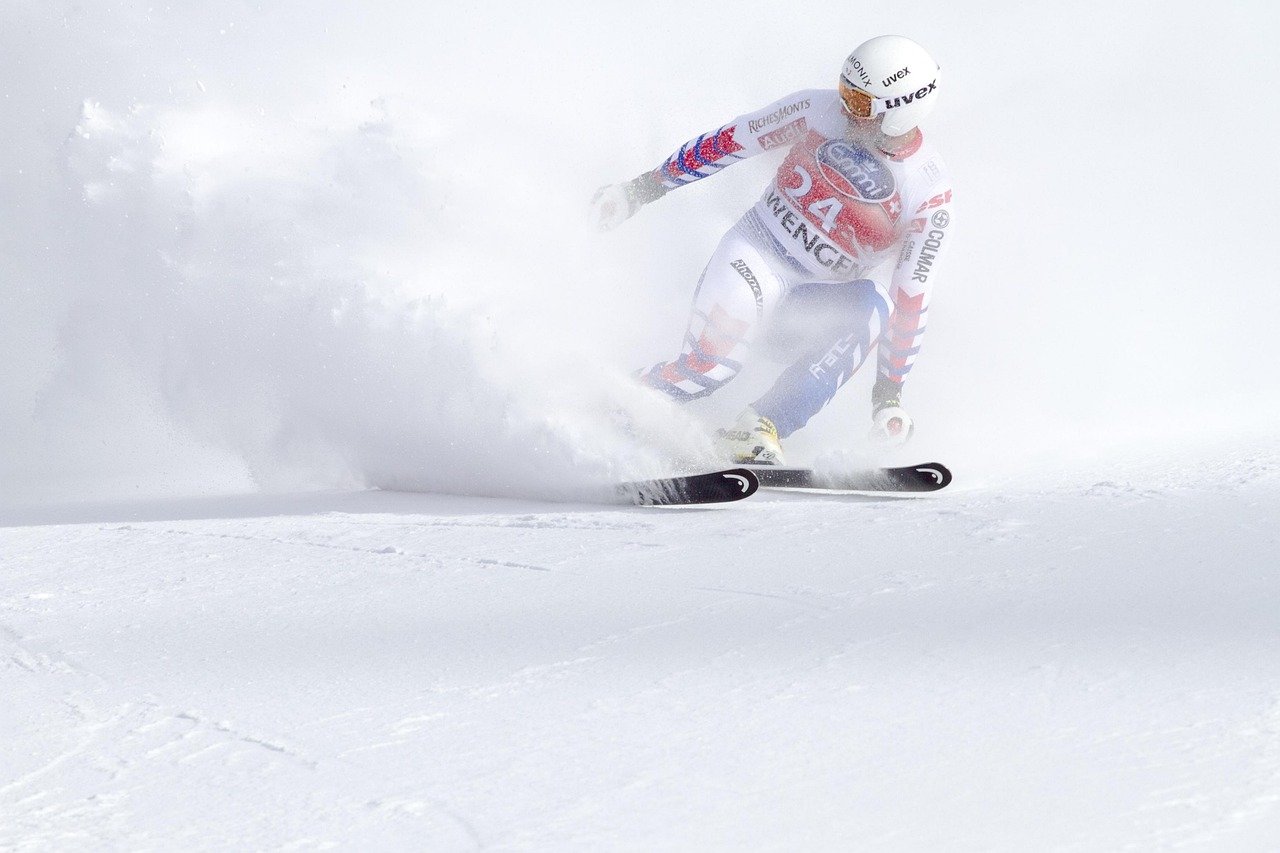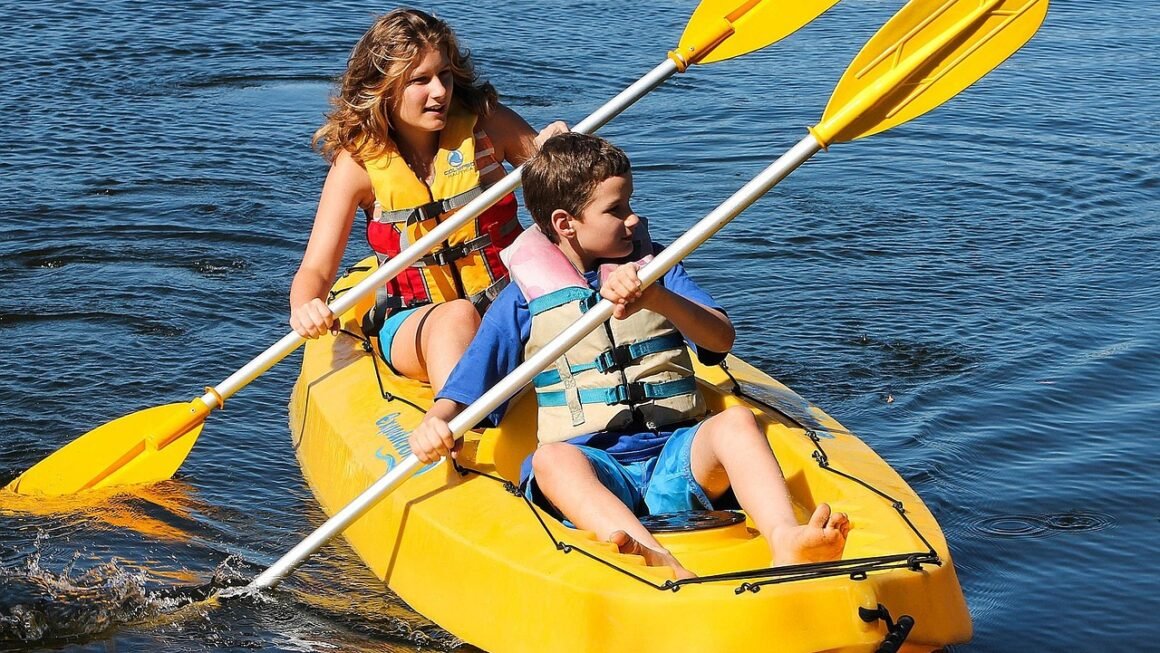Rock climbing, an activity that merges physical prowess with mental strategy, offers a unique challenge and a profound connection with nature. Whether you’re a seasoned climber scaling a granite face or a novice testing the waters in a local gym, the sport provides an unparalleled sense of accomplishment. This guide will delve into the essentials of rock climbing, covering everything from the basics to more advanced techniques, equipment, safety, and finding the perfect climbing spot.
Getting Started with Rock Climbing
Rock climbing can seem daunting initially, but with the right approach and guidance, anyone can learn to climb. It’s a fantastic way to improve fitness, build confidence, and join a vibrant community.
Understanding the Basics
- Types of Climbing: Familiarize yourself with the different styles of climbing, including:
Bouldering: Climbing short, challenging routes (problems) close to the ground without ropes. It emphasizes powerful moves and technique.
Top Roping: Climbing with a rope already anchored at the top of the route, making it a relatively safe and accessible way to learn. A partner belays you from below.
Lead Climbing: Clipping your rope into protection points (quickdraws) as you ascend. More advanced and requires experience.
Sport Climbing: Lead climbing on routes with pre-placed bolts for protection.
Traditional Climbing (Trad): Placing your own protection (cams, nuts) in cracks as you climb. Requires extensive knowledge and experience.
- Basic Movements: Learn fundamental climbing movements, such as:
Footwork: Prioritize precise and efficient foot placements.
Edging: Using the edges of your climbing shoes on small holds.
Smearing: Applying friction by pressing the rubber of your shoe against the rock.
Stemming: Pressing against opposing rock faces to maintain balance.
Reaching: Extending your reach while maintaining three points of contact.
- Climbing Gyms: Start your journey at a climbing gym. They offer:
A safe and controlled environment to learn.
Introductory courses and belay certifications.
A variety of routes for all skill levels.
Rental equipment (shoes, harnesses, etc.).
Essential Equipment
Having the right equipment is crucial for safety and performance.
- Climbing Shoes: Specialized shoes with sticky rubber for grip and precision. A snug fit is important.
Example: La Sportiva Tarantulace (Beginner-friendly) or Five Ten Anasazi VCS (Intermediate).
- Harness: A safety device worn around the waist and legs, connecting you to the rope.
Example: Black Diamond Momentum Harness.
- Belay Device: Used to control the rope and protect the climber.
Example: Petzl GriGri (Assisted Braking) or ATC (Tubular Belay Device).
- Locking Carabiners: Used to connect different components of the climbing system.
Example: Petzl Attache Screw-Lock Carabiner.
- Chalk and Chalk Bag: To absorb sweat and improve grip.
Example: Metolius Super Chalk and Metolius Chalk Bag.
- Helmet: Protects your head from falling rocks or impacts. Essential for outdoor climbing.
Example: Black Diamond Half Dome Helmet.
- Actionable Takeaway: Visit a local climbing gym for an introductory lesson and rent the necessary equipment.
Climbing Techniques and Training
Improving your climbing skills involves developing both technique and physical strength.
Footwork and Body Positioning
- Quiet Feet: Minimize noise when placing your feet. This indicates precision and control.
- Heel Hooks and Toe Hooks: Utilizing the heel or toe of your shoe to gain purchase on holds.
Heel hooks are useful for pulling your body inward.
Toe hooks are helpful for maintaining balance on overhanging routes.
- Flagging: Extending a leg to the side to maintain balance and prevent swinging.
- Drop Knee: Rotating your knee inward to bring your center of gravity closer to the wall, allowing you to reach further.
- Keeping Your Arms Straight: Conserving energy by relying on your skeletal structure rather than muscle strength.
Strength and Conditioning
- Hangboarding: Training finger strength using a specialized board with various hold sizes.
Start with short hang times and gradually increase the duration and difficulty.
- Pull-Ups: A fundamental exercise for building upper body strength.
Vary your grip and tempo for a more comprehensive workout.
- Core Work: Strengthening your core is essential for maintaining balance and stability.
Planks, leg raises, and Russian twists are effective exercises.
- Campus Boarding: An advanced training method that involves climbing a board with wooden rungs using only your hands. Requires significant strength and technique.
Mental Game
- Visualization: Mentally rehearsing the route before attempting it.
- Positive Self-Talk: Encouraging yourself and focusing on your strengths.
- Controlling Fear: Recognizing and managing fear to avoid panic and make rational decisions.
- Focus on the Process: Concentrating on each move rather than the overall difficulty of the route.
- Actionable Takeaway: Practice footwork drills and incorporate regular strength training into your routine.
Rock Climbing Safety
Safety is paramount in rock climbing. Always prioritize proper techniques and equipment checks.
Belaying Techniques
- PBUS (Pull, Brake, Under, Slide): A common belaying technique using a tubular belay device. Ensure a tight brake hand at all times.
- Assisted Braking Devices: Devices like the Petzl GriGri provide an extra layer of safety by automatically assisting with braking.
- Communication: Clear and concise communication between the climber and belayer is essential. Use standard commands like “On belay?”, “Belay on!”, “Climbing!”, “Take!”, “Slack!”.
- Paying Attention: The belayer must be vigilant and focused on the climber at all times.
Risk Management
- Route Assessment: Before climbing, carefully inspect the route for loose rocks, damaged holds, or potential hazards.
- Partner Check: Always perform a partner check before each climb to ensure that harnesses are properly fitted, knots are tied correctly, and the belay device is set up correctly.
- Weather Conditions: Be aware of the weather forecast and avoid climbing in inclement weather, such as rain or thunderstorms.
- Falling Safely: Learn how to fall properly to minimize the risk of injury. Aim to fall feet first and protect your head.
Knots and Anchors
- Figure Eight Knot: A strong and reliable knot used to tie the rope to your harness.
- Clove Hitch: A versatile knot used to attach to anchors.
- Bowline: Another strong knot used to attach to anchors.
- Equalizing Anchors: Creating a safe and redundant anchor system using multiple points of attachment.
- Actionable Takeaway: Take a belay certification course and always double-check your equipment and partner’s setup before each climb.
Finding the Right Climbing Spot
From indoor gyms to majestic outdoor cliffs, the climbing world offers a wide range of options.
Indoor Climbing Gyms
- Convenience: Provide a readily accessible and climate-controlled environment.
- Training: Offer structured training programs and classes.
- Community: Foster a strong sense of community among climbers.
- Variety: Feature a wide variety of routes and boulder problems for all skill levels.
Outdoor Climbing Areas
- Research: Thoroughly research climbing areas before visiting. Consider:
Rock Type: Granite, limestone, sandstone, etc. Each rock type presents unique challenges and requires different techniques.
Route Difficulty: Ensure the area offers routes appropriate for your skill level. Use online resources like Mountain Project to find route information.
Access: Understand the access regulations and restrictions for the area.
Weather: Check the weather forecast and be prepared for changing conditions.
- Popular Destinations:
Yosemite National Park, California: Renowned for its iconic granite cliffs and big wall climbing.
Red Rock Canyon, Nevada: Offers a variety of sandstone climbing, from sport routes to multi-pitch trad climbs.
The Red River Gorge, Kentucky: Famous for its steep, overhanging sport climbs on sandstone.
Squamish, British Columbia, Canada: A world-class granite climbing destination with something for everyone.
- Ethical Considerations:
Leave No Trace: Pack out all trash, minimize impact on the environment, and respect wildlife.
Bolting Ethics: Understand the local bolting ethics and guidelines.
Respect Private Property: Obtain permission before climbing on private land.
- Actionable Takeaway: Explore local climbing gyms to build your skills and then research outdoor climbing areas near you. Remember to always prioritize safety and respect the environment.
Conclusion
Rock climbing is more than just a sport; it’s a journey of self-discovery, physical and mental challenge, and connection with the natural world. By understanding the basics, honing your technique, prioritizing safety, and exploring diverse climbing locations, you can unlock the incredible rewards that rock climbing has to offer. Whether you’re striving to conquer a challenging boulder problem or reach the summit of a towering cliff, remember to embrace the process, learn from every experience, and above all, enjoy the climb!



